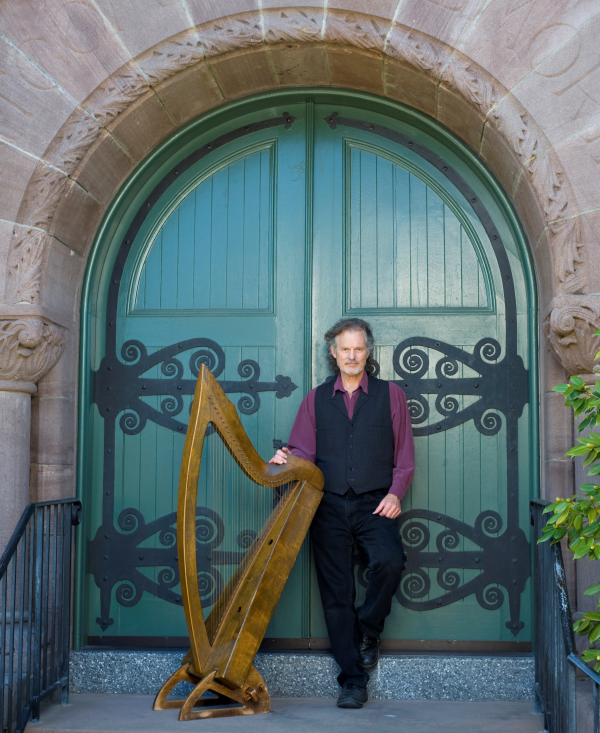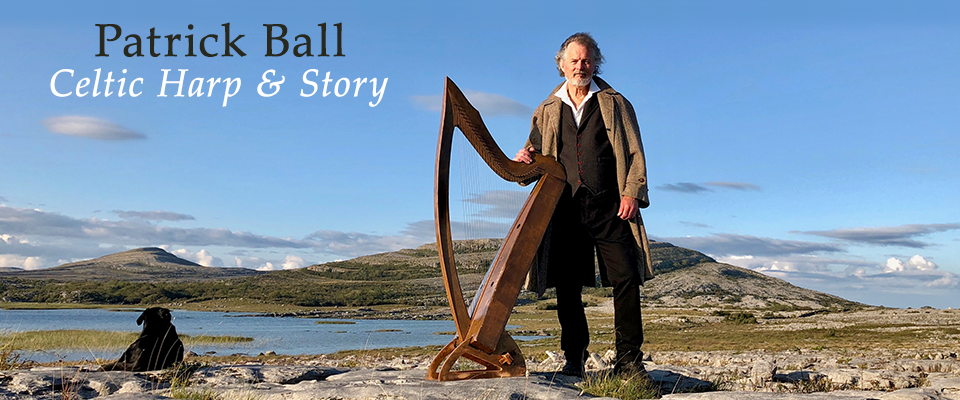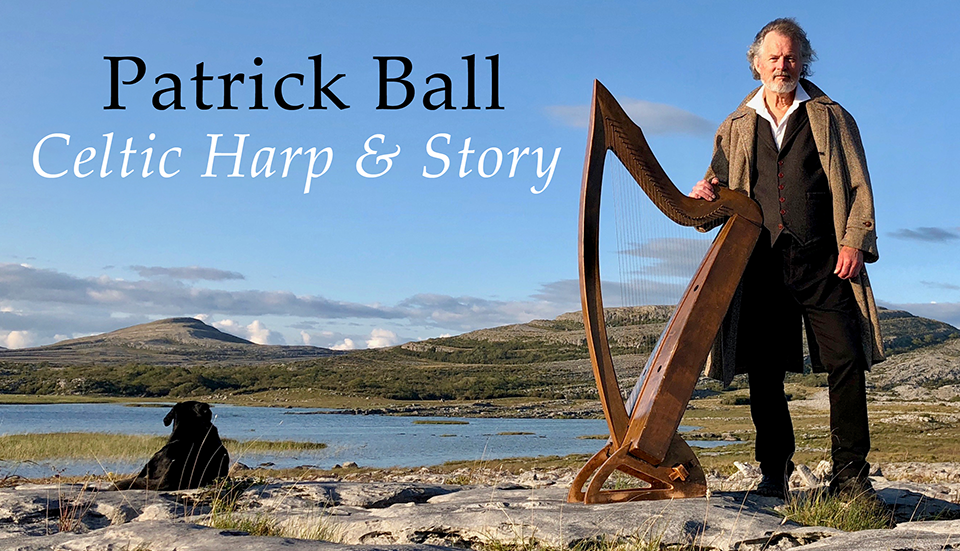The Legend of Tristan & Iseult
love, passion, magic and death ... the story that enchanted an Age

The long, dark nights of Medieval Europe were rich with stories. But one legend was beloved beyond all others, The Romance of Tristan and Iseult. Filled with love, passion, magic, and death, it captivated the listeners because it was the very mirror of their own hearts, minds and souls. And to raise the telling beyond the power of words there was music: the vielle, the harp, the drum, the psaltery, and the singing voice. All this made for evenings of brilliance and enchantment throughout the Middle Ages.
in the beginning...
Twenty-five years ago I discovered a small, beautifully bound volume of The Romance of Tristan and Iseult. Ever since then, I wanted to tell this marvelous medieval story in performance. Its great themes of love, passion, magic, and honor captivated me, just as they captivated the troubadours and minstrels of the Middle Ages. But, it’s a deep, daunting tale, one which demanded more time and dedication than I was prepared to give. So, the years went by and I tended to other stories, other projects. Occasionally, though, I would take down the book and work on an adaptation that would fit this long tale into one night’s telling. Finally, I found myself taking a deep breath…and I began to prepare the story for the stage.
The one element of the performance I was determined to have was layers of music underscoring the story and standing on its own in the natural pauses in the narration. I had little background in Early Music. But, whenever I listened to it, I found it every bit as bewitching as the story of Tristan and Iseult itself and the perfect atmosphere in which to tell this medieval tale. So, I proposed a collaboration with three wonderful musicians whose work I had admired for a long time, and we set out on this adventure together.
a note on the performance…
In Medieval times a storyteller looked into the eyes of his audience and told a tale. He used no props or scenery. He used only words and music and the limitless imagination of his listeners to create a world of love, passion, magic and death, the world of Tristan and Iseult.
In this performance we tell the tale much as a medieval storyteller would have done. The words are similar; the musical pieces were known and loved in the Middle Ages; the instruments – the harp, the vielle, the lute, the psaltery, and percussion – were all carried and played by this storyteller and those who accompanied him. And the imagination of the audience is called upon to play its part, just as it was all those centuries ago.
In our modern world we have an endless array of technologies that would have allowed us to present such a tale in a more modern way, perhaps on a television screen or the monitor of a computer. In fact, we do have the occasional microphone in this show and we wear modern dress. But, we tell this story in the old way. And we will be looking into your eyes while we do.

